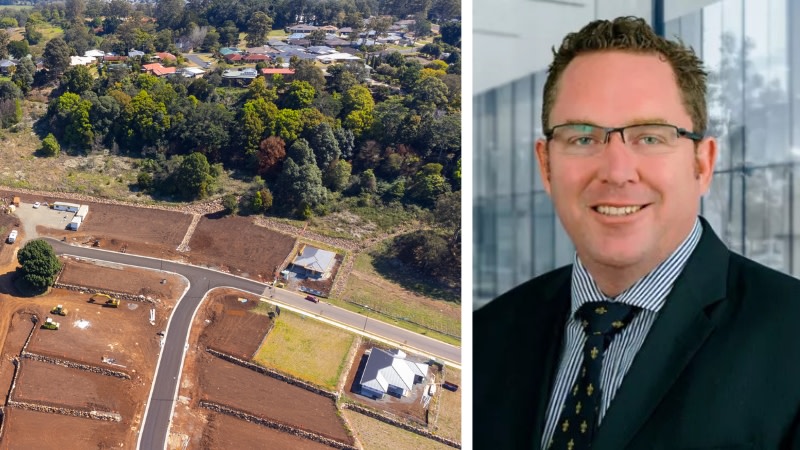Industry Warned to Brace for Feeble Growth, Slow Recovery

It’s the slowdown we had to have.
And, unfortunately, for Australia’s property development sector there is going to be some pain as 2023 progresses—including some further shake-out in its embattled construction industry.
So says KPMG Australia chief economist Brendan Rynne.
Pulling no punches he says “the horizon doesn’t look all that great with regards to the domestic economy”.
“Overall, it’s more a picture of a challenging economic environment, particularly for the property development sector, especially in the second half of this year.
“We’re starting to see the first signals of the monetary policy rises that have occurred so far starting to bite and influence spending patterns.
“What we are anticipating is that households now will be starting to adjust their spending to the fact that they're going to be paying much higher mortgage payments going forward, if they aren’t already.
“And so that’s going to slow down spending and start to take consumption growth out of the economy, investment growth out of the economy, and with numbers of factors influencing the property sector it’s going to add further complications
“At the moment, we know we're dealing with brought-forward demand through the HomeBuilder program and therefore the subsequent demand this year is is also then going to be negatively impacted.”
But, he says, there is some not-so-bad news.
“Firstly, we’re not anticipating a recession. We are just anticipating a slowdown … a slowdown that’s more shallow than previous downturns—very shallow growth or zero growth.

“But it’s going to be more sustained. It’s going to take a little bit of time to work its way through.”
Rynne will be keynote speaker at the first event of The Urban Developer’s Australian Property and Economic Outlook series in Sydney on February 9.
He describes the anticipated challenging times ahead as a “renormalising of what the economy should look like”.
“It’s not normal for the economy to have a cash rate of point one of a per cent. It’s not normal to have three-year fixed-interest rates of 2¼ per cent. It’s not normal to have $100-billion fiscal stimulus running through the economy.
“And so in some regards, you’re getting the swing-back effect of having to deal with that. Unfortunately, some of that swing-back effect is going to be a little bit harder than necessary … because we kept those accommodative policies too accommodative for too long. They should have been brought back a little bit earlier.”
Rynne says the consequences of that are now being felt by the property development sector and it is going to “take some time for everything to come back”.
“From a development perspective, if in the immediate short-term outlook there is going to be a fall-away in house prices it’s not necessarily the time to be going out and building but getting your land supply ready for the next cycle.”
Meanwhile, he says building costs are starting to come back down and the likelihood is there will be more available labour going forward.
But he also warns: “We’re still likely to see some further shake-out in the construction industry as this year progresses, as more building companies that have taken on too many projects at lower fixed fixed-price contracts in essence get caught out.
“That’s going to hurt and there’s going to be some pain for some industry players in the short-term but ultimately it allows the industry to refresh.”
The Urban Developer presents its annual flagship in-person Australian Property and Economic Outlook series in Sydney, Brisbane and Melbourne.
Sydney | Thursday 9 February - click here













